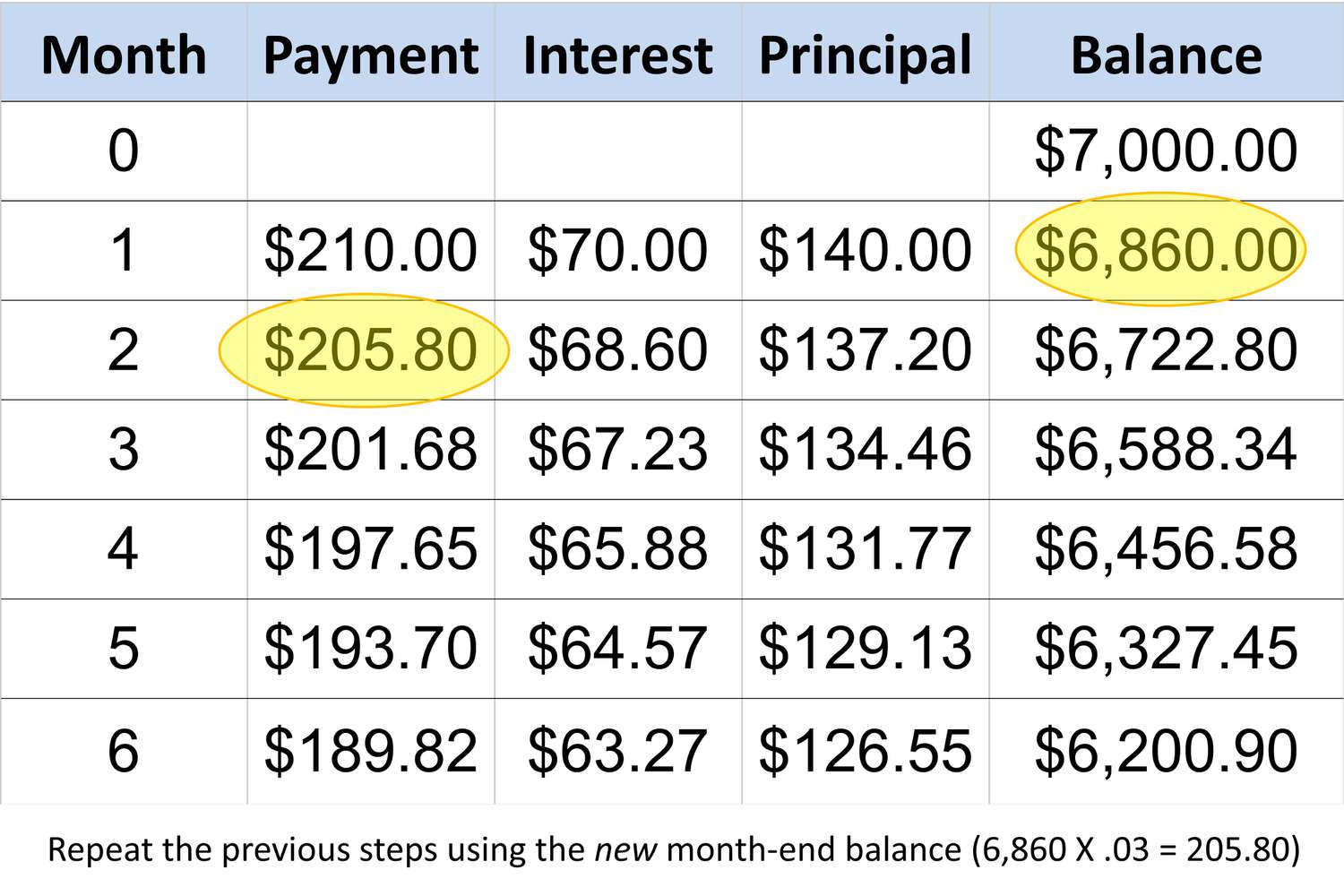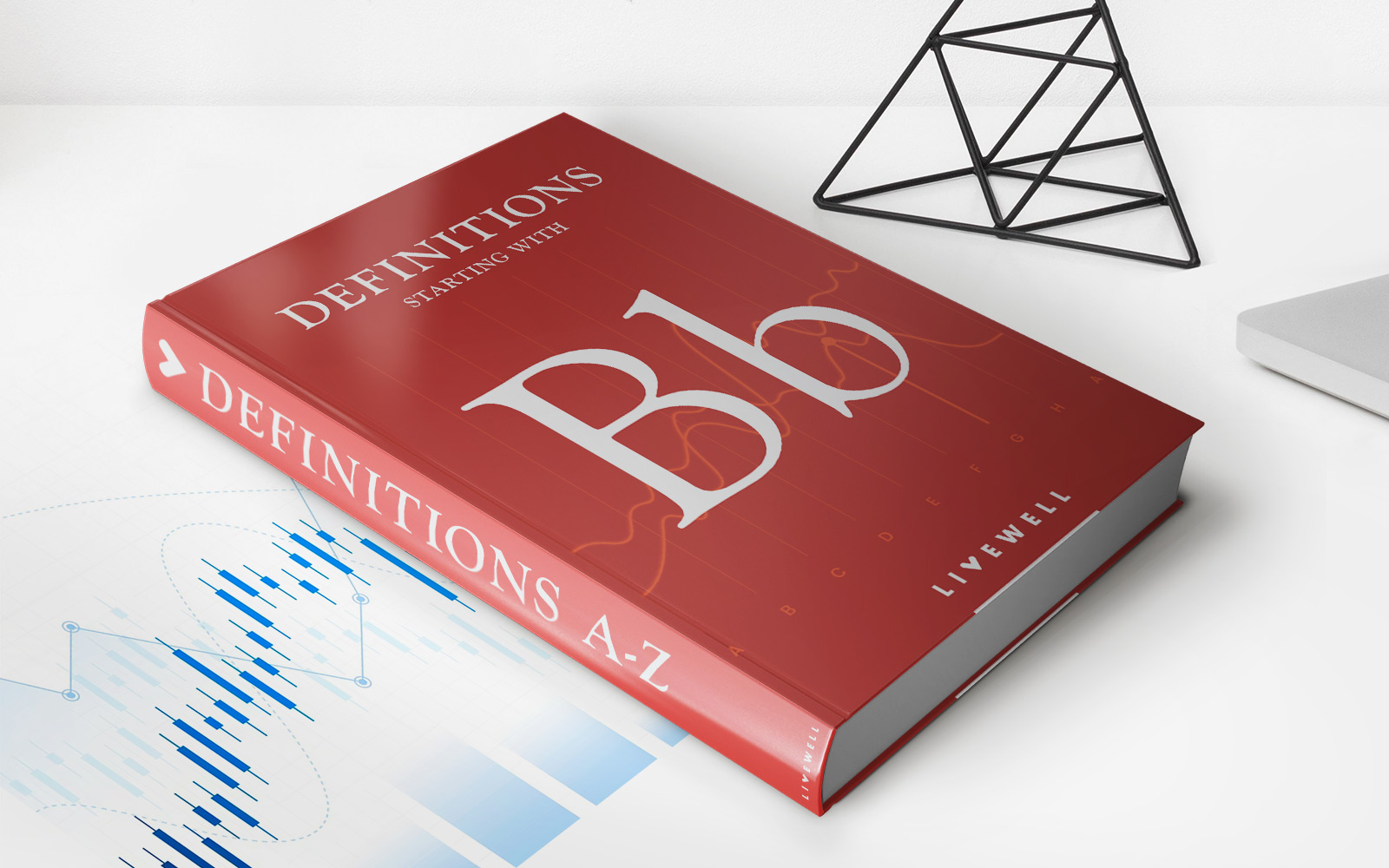Home>Finance>What Is The Minimum Payment For A $20,000 Credit Card


Finance
What Is The Minimum Payment For A $20,000 Credit Card
Published: February 25, 2024
Learn about the minimum payment for a $20,000 credit card and manage your finances wisely. Find expert advice on finance topics.
(Many of the links in this article redirect to a specific reviewed product. Your purchase of these products through affiliate links helps to generate commission for LiveWell, at no extra cost. Learn more)
Table of Contents
Introduction
Understanding the Basics of Minimum Credit Card Payments
Credit cards have become an integral part of modern-day financial transactions, offering convenience and flexibility in managing expenses. However, it's crucial to comprehend the dynamics of credit card payments, particularly the concept of minimum payments. When you carry a balance on your credit card, the minimum payment represents the smallest amount you are required to pay each month to keep the account in good standing. This amount is determined by the credit card issuer and is typically calculated as a percentage of your outstanding balance, often subject to a minimum fixed value.
Understanding the implications of minimum payments is essential for responsible financial management. While it may seem convenient to make only the minimum payment, it's important to recognize the long-term consequences of this approach. By delving into the factors that influence minimum payments and exploring the impact of making only the minimum payment on a substantial credit card balance, individuals can gain valuable insights into managing their financial obligations effectively.
In the following sections, we will delve into the intricacies of minimum credit card payments, uncover the factors that influence these payments, and calculate the minimum payment for a $20,000 credit card balance. Furthermore, we will highlight the significance of making more than the minimum payment and the potential benefits it offers. By gaining a comprehensive understanding of these aspects, individuals can make informed decisions regarding their credit card payments, ultimately fostering a healthier financial outlook. Let's embark on this enlightening journey to unravel the nuances of minimum credit card payments and their implications on financial well-being.
Understanding Minimum Payments
Minimum payments on credit cards are often misunderstood, leading to detrimental financial consequences for many individuals. When you receive your credit card statement, the minimum payment is the lowest amount you are required to pay by the due date to keep your account in good standing. It typically comprises a percentage of your outstanding balance, along with any fees and accrued interest. While making the minimum payment may seem like a viable short-term solution, it can result in long-term financial strain due to the accumulation of interest and prolonged debt repayment.
It’s important to recognize that minimum payments primarily serve the interests of the credit card issuer, as they ensure a steady stream of revenue through interest charges. By making only the minimum payment, cardholders extend the duration over which they carry the debt, ultimately paying significantly more in interest over time. This perpetuates a cycle of debt that can be challenging to break free from, especially when dealing with substantial credit card balances.
Furthermore, the structure of minimum payments often leads to a slow reduction in the principal balance, as a significant portion of the payment is allocated towards interest rather than the actual amount owed. This can prolong the repayment period and result in a substantial overall cost, emphasizing the importance of understanding the implications of minimum payments and seeking strategies to mitigate their negative effects.
By comprehending the dynamics of minimum payments and their impact on long-term financial well-being, individuals can make informed decisions regarding their credit card repayment strategies. In the subsequent sections, we will explore the factors that influence minimum payments, calculate the minimum payment for a $20,000 credit card balance, and elucidate the significance of making more than the minimum payment to expedite debt repayment and minimize interest costs.
Factors Affecting Minimum Payments
Several factors influence the calculation of minimum payments on credit cards, each contributing to the amount cardholders are required to pay monthly to maintain their accounts in good standing. Understanding these factors is crucial for individuals seeking to manage their credit card debt effectively and minimize the long-term financial burden.
Outstanding Balance: The outstanding balance on a credit card directly impacts the minimum payment. Typically, the minimum payment is calculated as a percentage of the total balance, often ranging from 1% to 3% of the outstanding amount. As the balance fluctuates, so does the minimum payment, making it essential for cardholders to monitor their spending and repayment activities.
Interest Rate: The interest rate assigned to the credit card balance significantly influences the minimum payment. Higher interest rates result in increased minimum payments, as a larger portion of the payment is allocated towards interest rather than the principal balance. This can prolong the repayment period and amplify the overall cost of the debt.
Fees and Penalties: Additional fees and penalties, such as late payment fees and over-limit charges, contribute to the minimum payment amount. These fees are added to the outstanding balance, subsequently affecting the calculation of the minimum payment for the following billing cycle. It’s essential for cardholders to adhere to the terms and conditions of their credit card agreements to avoid incurring these extra costs.
Credit Utilization Ratio: The credit utilization ratio, which represents the proportion of the credit card balance to the credit limit, can impact the minimum payment. Higher credit utilization ratios may lead to increased minimum payments, as they reflect a higher level of risk for the credit card issuer. Maintaining a healthy credit utilization ratio is beneficial for managing minimum payments and overall financial stability.
By understanding these factors and their influence on minimum payments, individuals can proactively manage their credit card debt and make informed decisions regarding their repayment strategies. In the subsequent section, we will delve into the calculation of the minimum payment for a $20,000 credit card balance, shedding light on the practical application of these factors in determining minimum payment amounts.
Calculating the Minimum Payment for a $20,000 Credit Card
When dealing with a substantial credit card balance, such as $20,000, the calculation of the minimum payment becomes a significant aspect of managing the associated financial obligations. To determine the minimum payment for this balance, it’s essential to consider the factors that influence minimum payments, including the outstanding balance, interest rate, fees, and credit utilization ratio.
Typically, credit card issuers set the minimum payment as a percentage of the outstanding balance, often ranging from 1% to 3% of the total amount owed. Additionally, the minimum payment may include any fees and accrued interest, further contributing to the total required payment for the billing cycle.
For a $20,000 credit card balance, assuming a minimum payment percentage of 2% set by the issuer, the minimum payment would amount to $400. This calculation is based on the outstanding balance and does not account for accrued interest or additional fees, which would further increase the minimum payment amount.
Furthermore, the impact of the interest rate on the minimum payment should be considered. Higher interest rates result in larger portions of the minimum payment being allocated to interest rather than the principal balance, potentially extending the repayment period and increasing the overall cost of the debt.
Understanding the calculation of the minimum payment for a $20,000 credit card balance enables individuals to assess the financial commitment associated with maintaining the account in good standing. In the subsequent section, we will emphasize the importance of making more than the minimum payment, highlighting the benefits of accelerating debt repayment and minimizing interest costs for substantial credit card balances.
Importance of Making More than the Minimum Payment
While the minimum payment serves as the mandatory amount required to keep a credit card account in good standing, making only the minimum payment, especially on a substantial balance like $20,000, can have significant long-term financial implications. By understanding the importance of making more than the minimum payment, individuals can proactively mitigate the adverse effects of prolonged debt repayment and high-interest costs.
Accelerated Debt Repayment: Making more than the minimum payment enables cardholders to accelerate the repayment of their credit card balances. By allocating additional funds towards the principal balance, individuals can expedite the reduction of debt, ultimately working towards achieving financial freedom and minimizing the overall cost of the debt.
Interest Cost Reduction: One of the most compelling reasons to make more than the minimum payment is the reduction of interest costs. By paying more than the minimum, cardholders decrease the outstanding balance at a faster rate, subsequently reducing the amount of interest accrued over time. This can lead to substantial savings and expedite the journey towards debt freedom.
Improved Credit Score: Consistently making more than the minimum payment reflects responsible financial behavior and can positively impact credit scores. A higher credit score opens doors to favorable financial opportunities, such as lower interest rates on future credit products and enhanced borrowing capabilities.
Financial Discipline and Peace of Mind: Making more than the minimum payment fosters financial discipline and provides peace of mind. It signifies a proactive approach to debt management and demonstrates a commitment to achieving long-term financial stability. By reducing the outstanding balance efficiently, individuals can alleviate the stress associated with high levels of debt.
Understanding the importance of making more than the minimum payment empowers individuals to take control of their financial well-being and actively work towards debt elimination. By allocating additional funds towards credit card repayment, individuals can expedite the reduction of their balances, minimize interest costs, and pave the way for a more secure financial future. In the concluding section, we will encapsulate the key insights and emphasize the significance of informed credit card repayment strategies for individuals seeking to achieve financial freedom.
Conclusion
Managing credit card debt, particularly when faced with a substantial balance, necessitates a comprehensive understanding of minimum payments and their implications. By unraveling the intricacies of minimum credit card payments, individuals can make informed decisions that align with their financial goals and promote long-term stability.
Throughout this exploration, we’ve delved into the fundamentals of minimum payments, shedding light on their role in credit card management. It’s evident that while minimum payments offer short-term relief, they can lead to prolonged debt repayment and increased interest costs, especially when dealing with substantial balances such as $20,000. Understanding the factors that influence minimum payments, including the outstanding balance, interest rate, fees, and credit utilization ratio, provides individuals with valuable insights into managing their credit card obligations effectively.
Furthermore, the calculation of the minimum payment for a $20,000 credit card balance has highlighted the financial commitment associated with maintaining the account in good standing. By recognizing the significance of making more than the minimum payment, individuals can embark on a journey towards accelerated debt repayment, reduced interest costs, and enhanced financial well-being. Making more than the minimum payment signifies a proactive approach to debt management, fostering financial discipline and paving the way for long-term financial stability.
As individuals navigate their credit card repayment journeys, it’s imperative to prioritize informed decision-making and proactive debt management strategies. By leveraging the insights presented in this exploration, individuals can take control of their financial futures, minimize the burden of credit card debt, and work towards achieving financial freedom.
In conclusion, the nuances of minimum credit card payments underscore the importance of proactive debt management and informed financial decision-making. By understanding the implications of minimum payments, calculating the minimum payment for substantial credit card balances, and recognizing the significance of making more than the minimum payment, individuals can chart a course towards debt elimination and long-term financial well-being. Empowered with this knowledge, individuals can embark on a journey towards financial freedom, equipped with the tools to navigate credit card obligations effectively and secure a more stable financial future.














